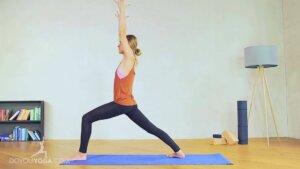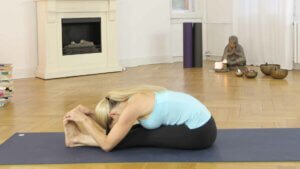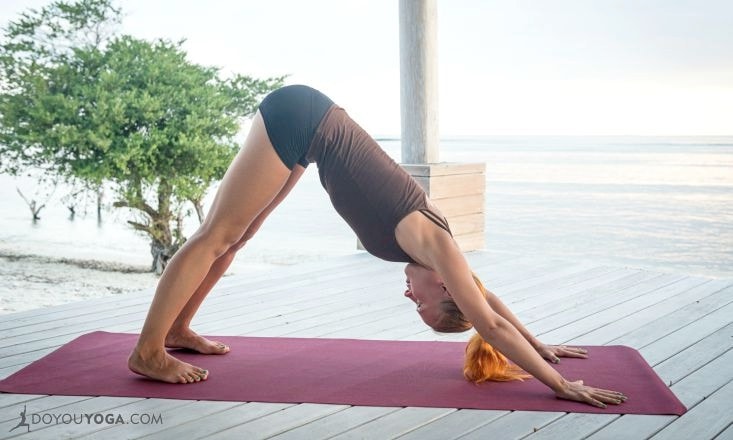How much time, each day, do you use your smartphone? It is estimated that the average person spends about one or two hours a day using their mobile device.
With ubiquity and ease of use, we are utilizing our devices to complete a greater number of our online tasks: directions to dinner with a friend, a quick email back to a coworker, texts to the family, and checking movie reviews and ratings.
Increasingly, mobile users are experiencing the symptoms of “text neck.”
Text Neck and Your Posture
Good posture is defined as the ears being aligned with the shoulders. Leaning forward from your neck while you use your device puts increased pressure on the front of the intervertebral discs, and puts a huge amount of increased pressure and strain on the muscles, tendons, and ligaments of the neck.
In a study published in the International Journal of Industrial Ergonomics, Dr. Ning and colleagues measured the amount of flexion of the neck while using a mobile device to type and read.
While performing a typing task, the neck was measured at 46.4° of flexion, or forward bend. To put that degree amount into perspective, let us understand the effect of that amount of neck flexion.
Neck Flexion in Smartphone Use
Dr. Hansraj, chief of spine surgery at New York Spine Surgery and Rehabilitative Medicine, published in the National Library of Medicine a report on the amount of increased pressure the spine supports when the head is brought forward during mobile use.
Typically, the head by itself puts about 10-12 pounds of pressure on the spine when in good postural alignment. When the neck flexes forward by 30 degrees, now the amount of pressure increases to 30 pounds. When the neck flexes forward 45 degrees (the approximate amount found in Dr. Ning’s study), now the amount of pressure on the spine increases to 49 pounds.
That is 4-5 times the amount of pressure on your cervical spine from your head alone.
That additional pressure may present as neck pain, headaches, pain in shoulders, and tingling in hands and fingers. One may also have disc degeneration, compression of nerves, and loss of natural curve of cervical spine. Over time, pain may be a common occurrence, or even an every day eventuality. Ultimately, surgery may be needed.
How Yoga Can Help Combat Text Neck
Yoga puts your cervical spine back into alignment with ears over shoulders and reduces pressure on the anterior intervertebral discs. Yoga also strengthens neck muscles such as the muscles of the anterior and posterior triangles and the semispinalis, which run the base of the skull to the first few posterior ribs.
Outlined below are some tips for to strengthen and align the neck in common poses, helping to recover from or avoid text neck.

What do you with your neck in this pose? Many students look forward (maybe at themselves in a mirror), crunching the back of their neck. Instead, look toward the floor, pulling the chin and neck upwards/backwards to be aligned with the rest of the spine.

If you typically look upward and get a slight backbend during these poses, but you are also working to reduce text neck, you may consider skipping the chest opener aspect of the posture.
During Locust or Bow, look to the floor about two feet front of you; thereby aligning the cervical spine. Avoid looking forward at yourself in a mirror if there is one.
 Credit: Kristin McGee
Credit: Kristin McGeeIn Seated Forward Fold (Paschimottanasana), hold your upper back and neck in good posture, pulling the shoulder blades together before you fold at the pelvis. If you fold deeply, then gaze at the feet or the shins for the neck to stay aligned, and if you fold less deep, gaze past your toes to the floor a few feet in front of you.
During your Downward Facing Dog, a simple technique for a properly aligned cervical spine is to align the ears with the upper arms. Sometimes students will allow the weight of the head to drop and hang due to gravity, exacerbating “text neck” posture. The neck elongates when the ears are aligned with the ears, and the gaze naturally falls between the legs.
Because we all have different levels of flexibility, it is sometimes hard to estimate where to look in each pose in order for the neck to be in alignment.
Try using this simple tip: smooth the neck skin by avoiding wrinkles in the front and wrinkles in the back of the neck—this will typically put your cervical spine in alignment for your personal levels of flexibility.
In addition to mindfully moving the neck during your yoga practice, you can also practice holding your mobile device at eye level, or practice moving the eyes more than the neck to look downward. Are you struggling with text neck? What things have you done in your yoga practice to improve your neck’s posture?
Sources: Science Direct, Neuro and Spine Surgery




